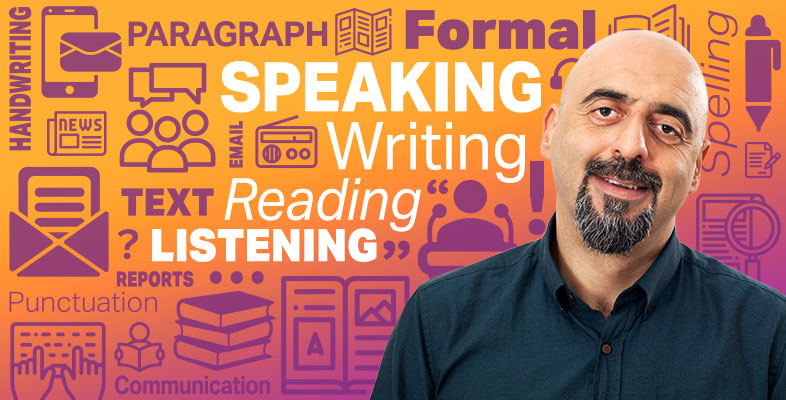4.2 Instructive texts
Instructive texts instruct or tell you how to do something. Good instructive texts are written in a simple, logical style and include helpful features such as diagrams, graphs, charts, bullet points and numbered headings. An example of an instructive text is an instruction manual.
Activity 20 Improving an instructive text
Read the following passage.
What features make it an instructive text?
What changes could be made, such as to the layout, to make it more effective as an instructive text?
INSTRUCTIONS FOR USE OF A TRIANGULAR BANDAGE
Ask the casualty to sit down and support the injured limb. Place the forearm across the chest with the fingertips resting on the opposite shoulder. Place an open bandage over the forearm and hand with its point along the elbow. Still supporting the forearm ease the base of the bandage around the hand, forearm and elbow. Carry the end across the back and over to the front of the uninjured shoulder. Gently adjust the height of the sling if necessary and using a reef knot tie the two ends together in front of the hollow above the collarbone.
Discussion
This is an instructive text because it tells you how to do something. It gives instructions.
You may not have found this very effective. It could be improved by:
using pictures to illustrate the points
separating the points and listing them with numbers or bullets.

